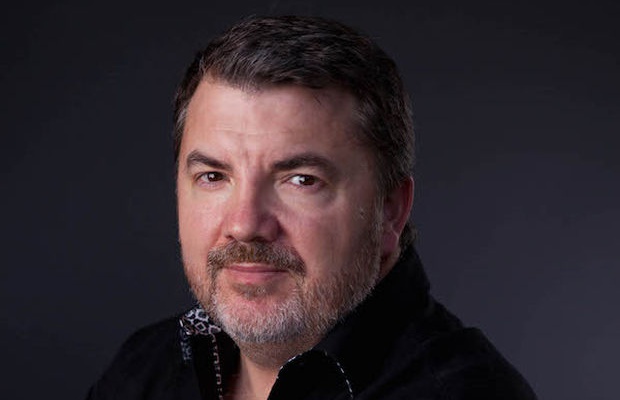
Ahead of the Trends: Fragmentation, Competition and Victorious Creatives

Ad spend is growing. The numbers say so and the maths checks out - case closed, right?
It’s easy to see the headlines shout about video advertising budgets surpassing this and exceeding that; accepting the phenomenon as yet another sign of a gargantuan industry carving a wide path. But the video advertising we speak of now is far from the same beast it once was when the only options were broadcast or cable. As the formats multiply at breakneck speed and content sprints to keep up, the advertising and creative industries are simultaneously disrupted and fragmented - laying the groundwork for a new order to sweep in.
Whilst ad spend is growing, it’s also splintering - a direct consequence of the multiple channels advertisers are presented with today. The shift from ‘broadcast’ to OTT (internet streamed media) and social (Facebook, Snapchat, Instagram) has fragmented a previously two-strand operation. Yet, video advertising continues to prove an effective medium, especially as digital video ads can be so hyper-targeted to the appropriate audience.
This change is undoubtedly growing advertising budgets and video spend pie, but it’s making it a hell of a lot more complicated to serve - not least because viewing audiences are rapidly expanding their content expectations and preferences. Whilst the typical '37 hours of viewed TV per week’ is in decline, the supplementation of phone and tablet video viewing has more than made up the figures - on a far greater scale too.
But what does this mean for the industry? Is this ever-widening landscape the perfect pasture for smaller boutique agencies to take hold, possibly disrupting traditional hierarchy in the process?
Well, yes. And, no.
Allow me to rewind a little to explain.
In the late 1990s and early 2000s the advertising industry was substantially consolidated in order to have the capability to scale rapidly when the situation called for it. The industry, worth ~$200 bn, suited fewer and larger operations that had the ability to expand and shrink as required.
For the last five to seven years however, the necessity of rapid human scaling has been reducing, replaced by remote and virtual software - a welcome advent to smaller start-ups who can produce commercials much more cheaply than their larger counterparts. The confluence of less capital sunk into each production and fewer fixed overheads means that smaller, boutique firms can react with more agility, win more jobs and be exposed to shifting industry trends more frequently than older, usually larger teams, hanging onto the traditional TV advertising structures.
Whilst the teams behind the work have changed, audiences are still as favourable towards the older TV formats as they are to the newer ones. Long-form and episodic content are still desired and created, it’s simply the way in which they come into being has shifted. Virtual workstations, cloud-based rendering and a vibrant freelance culture, means that scaling up for a project requires less capital expenditure and physical manpower, both logistically and creatively - the talent pool is widened whilst barriers to entry decrease. The transition to digital solutions has come at no cost to speed nor expertise - instead it will be steep fees that fall victim to the reshuffle.
Take ‘The Crown’ for example. Their VFX partner were able to win that business based on the reputations and relationships of a small number of industry talents. Despite being a smaller outfit, the studio scaled up using remote collaboration and cloud computers for both rendering and virtual workstations - a strategic and cost-effective method that allows boutique agencies to accept lower fees whilst being immediately more competitive straight out of the gate and not sacrificing capability. An approach that further fragments the supplier market place, increases competition and allows creativity to stretch its capabilities beyond size of its organisation.
As for the future - fragmentation will naturally bring more competition, but whilst larger firms will still have the talent and the experience, their burden is still their fixed-cost infrastructure. Experimenting with virtual workstations and cloud rendering workflows will be necessary as the industry shifts and changes with many, far more nimble, new actors entering play. The increase in spend will not only mean that these larger companies will have to re-configure how to play in new territory, but audiences who continue to reap the rewards of better and more widely-spread content.
But, and most fantastically, the real winners - the undoubted victors in this emerging landscape, will be the creatives. As competing for premium content will have fewer barriers in the near future, competition will once again favour the most creative ideas, rather than the most capitalised.
To me, it sounds like a damn good time to be in advertising...
For more about Chuck and Sohonet, please click here.










